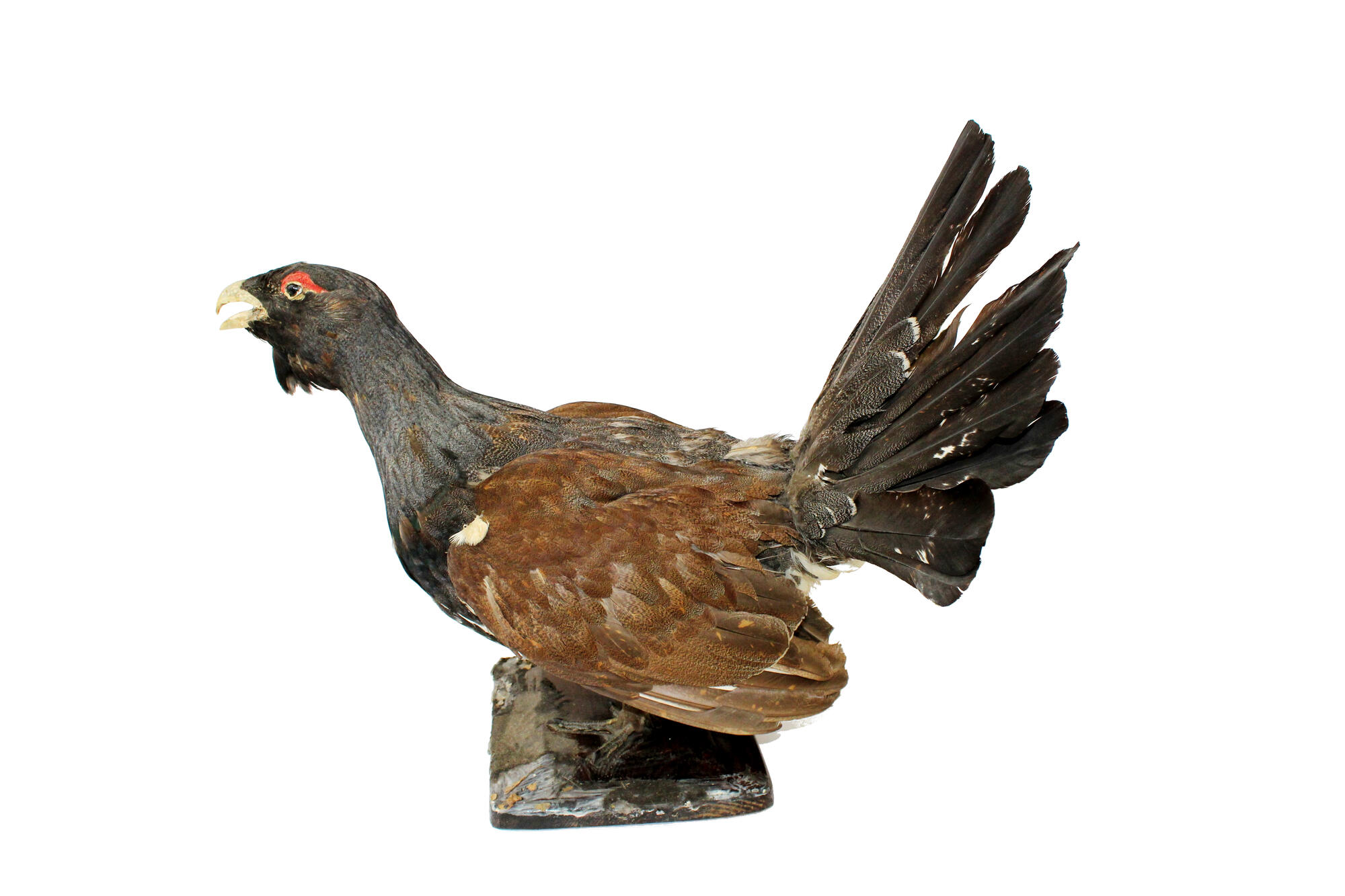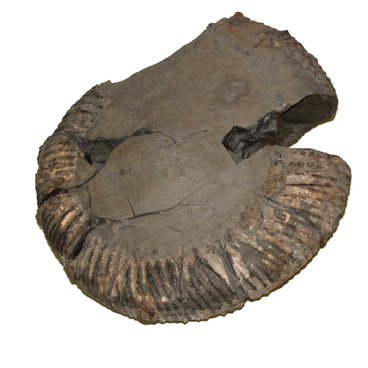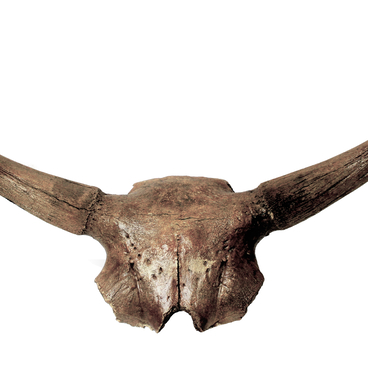Wood grouse, heather cock, Eurasian capercaillie, or simply capercaillie is a heavy bird in the Phasianidae family. The body length in males varies from 60 to 115 centimeters, and the weight is up to 7 kilos. The wingspan in the largest specimens is about 125 centimeters. Males have a more attractive plumage than females. It is black with an emerald tint. In the mating season, they spread their large gorgeous tail. Their wide-spreading wings are red and russet. Wood grouse has tuft-shaped beard-like black feathers under its beak. Above each eye, it has a scarlet patch of bare skin.
The bird leads a generally sedentary lifestyle making small migrations in the lack of food. Wood grouse is distinguished by its clumsiness, heaviness, timidity and the loud flap of wings. The bird is unable to fly long distances due to its heavy weight and insufficiently developed wings.
It never leaves its own forest. It feeds on berries, fresh shoots, leaves, acorns, tree buds and seeds. It also forages insects, snails and even lizards. To digest food, the bird needs grit. Wood grouse approaches water several times a week.
It is a very cautious bird, with perfect hearing and vision. Thus, hunting wood grouse is very complex. The bird may behave aggressively if seeing an unfamiliar animal next to it. At times, it would attack a dog.
Wood grouse rarely changes its lek. Usually, males are the first to visit the lek. They perch on branches and attract females with their lekking. While lekking, males cannot hear anything. They have a skin fold permeated with blood vessels in their inner ear. When lekking, the blood rushes to the head of the male making the fold swell and block the acoustic meatus. This is what its Russian name ‘glukhar’ (the deaf one) refers to. Still, in any other situation, the bird is very cautious.
Wood grouse is included in the Red Book of the Samara Region. Presumably, no more than 100 couples inhabit the region. Wood grouse can be found in the Muransky, Racheysky and Buzuluksky pineries as well as some woods in the Northeast.
The bird leads a generally sedentary lifestyle making small migrations in the lack of food. Wood grouse is distinguished by its clumsiness, heaviness, timidity and the loud flap of wings. The bird is unable to fly long distances due to its heavy weight and insufficiently developed wings.
It never leaves its own forest. It feeds on berries, fresh shoots, leaves, acorns, tree buds and seeds. It also forages insects, snails and even lizards. To digest food, the bird needs grit. Wood grouse approaches water several times a week.
It is a very cautious bird, with perfect hearing and vision. Thus, hunting wood grouse is very complex. The bird may behave aggressively if seeing an unfamiliar animal next to it. At times, it would attack a dog.
Wood grouse rarely changes its lek. Usually, males are the first to visit the lek. They perch on branches and attract females with their lekking. While lekking, males cannot hear anything. They have a skin fold permeated with blood vessels in their inner ear. When lekking, the blood rushes to the head of the male making the fold swell and block the acoustic meatus. This is what its Russian name ‘glukhar’ (the deaf one) refers to. Still, in any other situation, the bird is very cautious.
Wood grouse is included in the Red Book of the Samara Region. Presumably, no more than 100 couples inhabit the region. Wood grouse can be found in the Muransky, Racheysky and Buzuluksky pineries as well as some woods in the Northeast.



